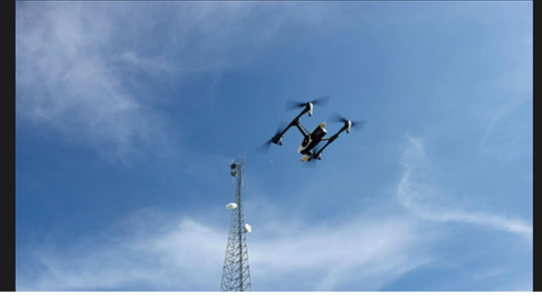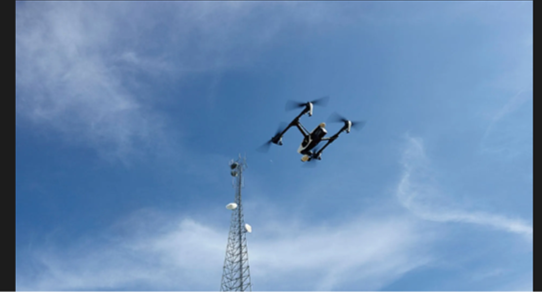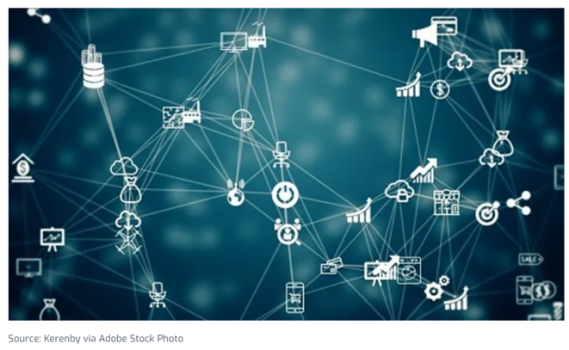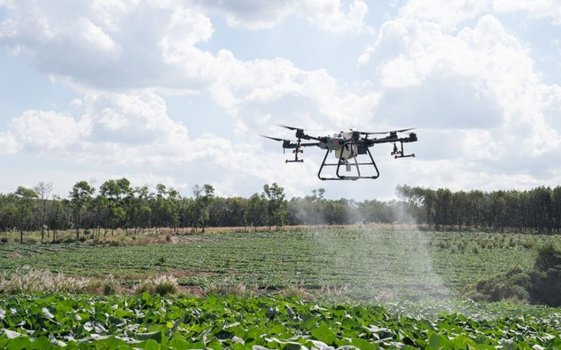Web3 and the Energy Transition: A Policy Primer
- Technology Solutions
- 0 Replies
Executive Summary
The rise of web3 could become a defining moment in the energy industry's evolution – but we have limited understanding of the potential this new, blockchain-based iteration of the internet holds for the sector. What are the opportunities and challenges presented by web3 for the energy industry, and what should policymakers do to respond to them?
In this explainer, we examine what makes web3 different and show how it can improve energy-related transactions through automation, transparency, verifiability and democratization. We also explore the policy challenges, including innovation and regulatory risks.
Despite web3's potential, significant hurdles remain to maximizing its benefits for the energy sector – so we conclude by setting out next steps for governments to consider when developing their approach. Policymakers must update energy-market regulations to allow web3 to flourish while addressing areas where existing laws are no longer appropriate or relevant.
What Makes Web3 Different?
The term web3 refers to a vision for what the internet could look like in its next iteration – decentralized, and underpinned by blockchain technology. Having evolved from the days when it served read-only content into today’s version where social interactions thrive, the internet is soon to enter this third generation. It will see advanced technologies from artificial intelligence (AI), the Internet of Things (IoT) and distributed ledger technologies (DLT) colliding with traditional web technologies. Different labels are already being applied – the semantic web, the spatial web, the decentralized web and others – but these do not necessarily help us understand the impact. Nonetheless, as with previous internet generations, web3 is likely to be transformative.
Continue reading: https://institute.global/policy/web3-and-energy-transition-policy-primer
The rise of web3 could become a defining moment in the energy industry's evolution – but we have limited understanding of the potential this new, blockchain-based iteration of the internet holds for the sector. What are the opportunities and challenges presented by web3 for the energy industry, and what should policymakers do to respond to them?
In this explainer, we examine what makes web3 different and show how it can improve energy-related transactions through automation, transparency, verifiability and democratization. We also explore the policy challenges, including innovation and regulatory risks.
Despite web3's potential, significant hurdles remain to maximizing its benefits for the energy sector – so we conclude by setting out next steps for governments to consider when developing their approach. Policymakers must update energy-market regulations to allow web3 to flourish while addressing areas where existing laws are no longer appropriate or relevant.
What Makes Web3 Different?
The term web3 refers to a vision for what the internet could look like in its next iteration – decentralized, and underpinned by blockchain technology. Having evolved from the days when it served read-only content into today’s version where social interactions thrive, the internet is soon to enter this third generation. It will see advanced technologies from artificial intelligence (AI), the Internet of Things (IoT) and distributed ledger technologies (DLT) colliding with traditional web technologies. Different labels are already being applied – the semantic web, the spatial web, the decentralized web and others – but these do not necessarily help us understand the impact. Nonetheless, as with previous internet generations, web3 is likely to be transformative.
Continue reading: https://institute.global/policy/web3-and-energy-transition-policy-primer



















